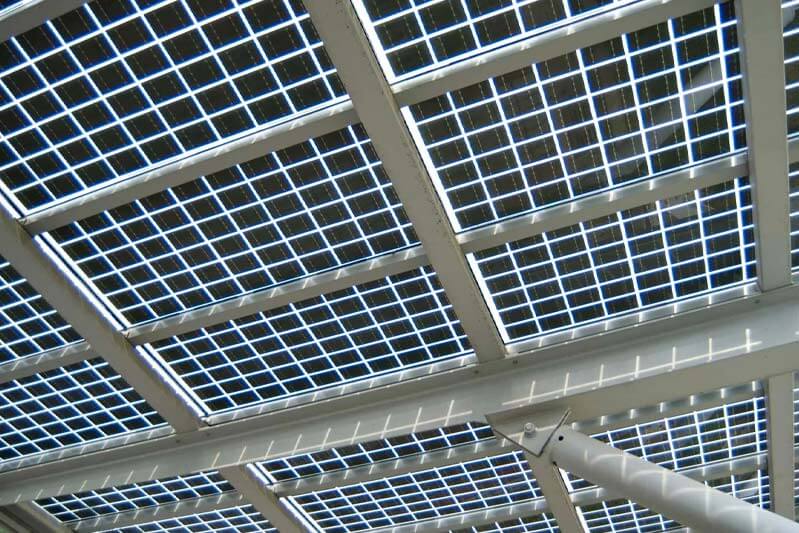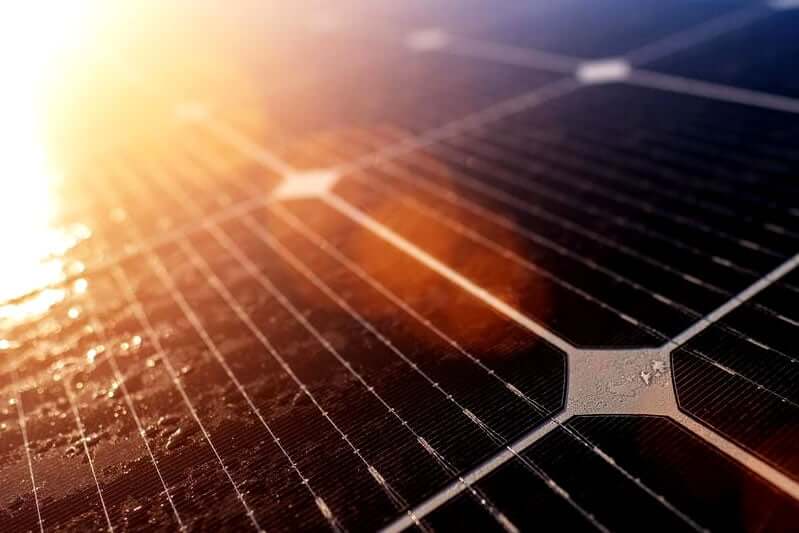Home What Is the Most Efficient Solar Cell?
What Is the Most Efficient Solar Cell?
Photovoltaic (often referred to as solar) cells are the key elements in a solar panel. The performance of a solar panel in energy generation heavily depends on the efficiency of these cells. That’s why some solar panels are more efficient than others. Most solar cells use silicon and come in two main varieties: amorphous and monocrystalline.
The crystalline silicon cell is the most efficient solar cell, particularly the monocrystalline black solar cell. This type of cell tends to have about 20% to 23% efficiency, compared to others with about 7% to 12% efficiency.
Solar cells with newer technology can have an efficiency of about 30%. However, several factors, such as shading, construction, heat, and alignment, can affect efficiency. The bottom line is most Photovoltaic Cells do not exceed 20% efficiency, no matter how advanced the technology is.
Table of Contents
ToggleTypes of solar cells
Solar panel manufacturers use different types of cells for their products. But most of them fall under three types: crystalline silicon, thin-film, and a mix of the two. The last type is the most recent addition and is looking to be affordable without compromising quality.
Crystalline silicon-based cells
Most solar panels are made from silicon. Manufacturers use lab-grown large silicon ingots to create wafers for the cells. The nuggets can take about four weeks to grow and can form multiple or single crystals. Polycrystalline solar panels are made from multiple crystals, while monocrystalline solar panels are made from single crystals.
The crystalline silicon cells have the highest efficiency, with those in monocrystalline panels producing the best efficiency at about 20%. It may stem from the shaped cells, which look like cylinders, and are usually colored. Polycrystalline cells have no specific shape, and their efficiency is close to that of the monocrystalline cells, although they are not on the same level.
Thin-film solar cells
As the name implies, thin-film solar cells are extremely thin. While crystalline-silicon solar cells are about 200 micrometers deep, thin-film cells are about one hundred times more delicate. They are typically formed from amorphous silicon, where the atoms arrange randomly instead of in an orderly manner.
The cells are the most affordable option for making solar panels, but they are usually not as efficient in generating energy as their crystalline silicon counterparts. Most thin-film cells produce only about 7% efficiency, although a few can go up to 12%, which is rare.

New generation solar cells
These solar cells are a combination of the finest features of thin-film solar cells and crystalline silicon solar cells. The combination improves usage practicality and enhances the efficiency of the cells, making them the most efficient type of solar cells.
Most new generation solar cells are made from amorphous silicon and are relatively affordable. However, the price and silicon type do not affect their efficiency as they produce around 30%.

How do solar cells work?
Every type of solar cell generally works in the same way. There is an antireflection layer through which sunlight enters the system. This layer reduces the amount of sunlight lost during the process to maximize the available light. The more light it traps, the better the conversion rate.
Once trapped, the antireflection layer moves the light to lower layers for energy conversion. The light transfers as photons to these multiple lower layers, and the photons move further down through the layers, giving their energy to electrons. On their part, the electrons move back to the upper layer and transfer to the circuit, working as alternating current and powering devices and appliances.
Power generation from solar cells
The type of solar cell in use determines the power generation capacity. In other words, the more efficient a solar cell is, the more power it can generate. Newer generation solar cells are the most efficient solar panels today but are not yet as popular as their counterparts. Consequently, they are not used as much as crystalline silicon solar cells.
A single crystalline silicon solar cell may have the capacity to generate about three to four watts. A normal-sized module or solar panel contains 40 cells, which means it can generate between 100 watts and 250 watts. For less efficient solar cells, the numbers may vary, depending on the placement of the cells and the number per solar panel.
The more solar panels with monocrystalline cells you use, the more efficient the solar power system is. Also, several other factors affect the power generation of these cells in the solar panels. Consider the positioning, location, shading, and type.
How to make solar cells
There are several steps in making a typical solar cell.
1. Purifying silicon
The first step is to purify the silicon. Here, the silicon is melted and purged of oxygen, which leaves a small amount of impurity. Manufacturers pass pure silicon rods through the melted silicon to remove the remaining impurity so it can be used in the cells.
2. Making single-crystal silicon
Several methods are used to create the silicon ingot but once done, the third step is to cut thin slices of silicon wafers. A circular diamond saw is the best tool for cutting these thin slices, which can be further cut into specific shapes.
3. Polishing the silicon wafers
Afterward, the silicon wafers go through polishing to remove marks from the cutting saw. Not every manufacturer puts the silicon through this step, as some believe the cells will absorb better if left in their rough state.
4. Doping
The fourth step is doping, where the manufacturers can add impurities into the silicon. Boron can be introduced while the wafers are cut, or manufacturers can use a particle accelerator to introduce phosphorous ions into the silicon. Then, they add electrical contacts to bind the cells together, which is the sixth step.
Manufacturers make the contacts from metals, but they are small, so they do not block the cells from trapping sunlight. The next step is to use an antireflective layer on the silicon to prevent too much sunlight from getting lost. The final step is to encapsulate the cells in ethyl vinyl acetate or silicon rubber and place them under a protective covering.
Compare Solar Panel Quotes
Table of Contents
Toggle









